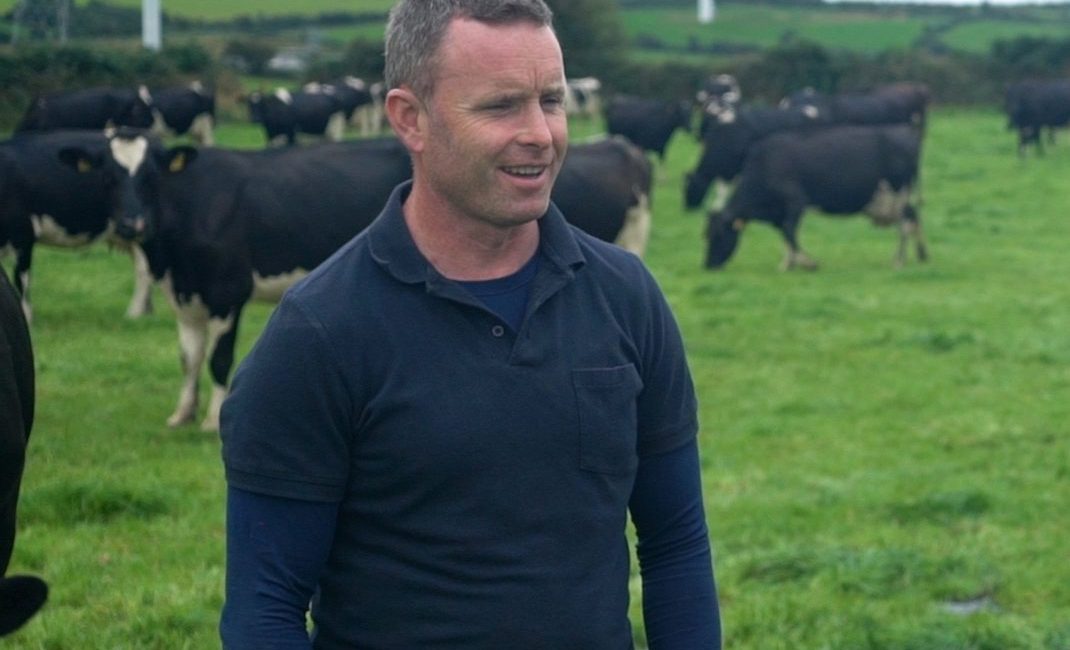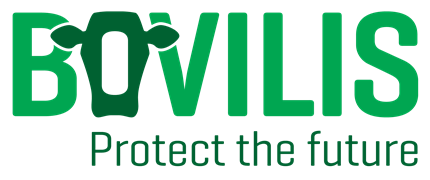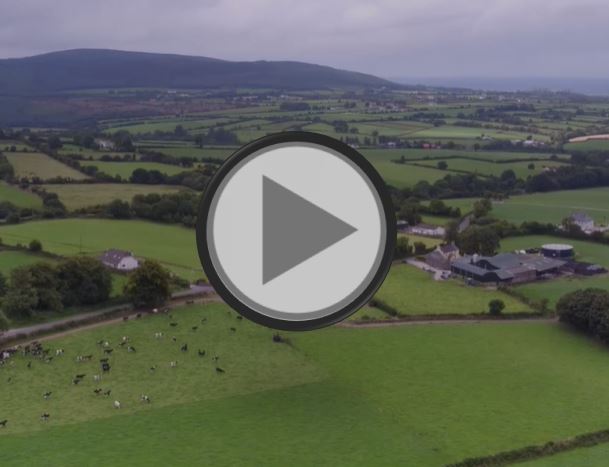
Salmonella vaccination a vital investment for Co. Waterford farmer – Bovilis
Salmonella is a significant disease on Irish dairy farms and can greatly impact on herd productivity and profitability.
Read more about Salmonella vaccination a vital investment for Co. Waterford farmer – Bovilis


